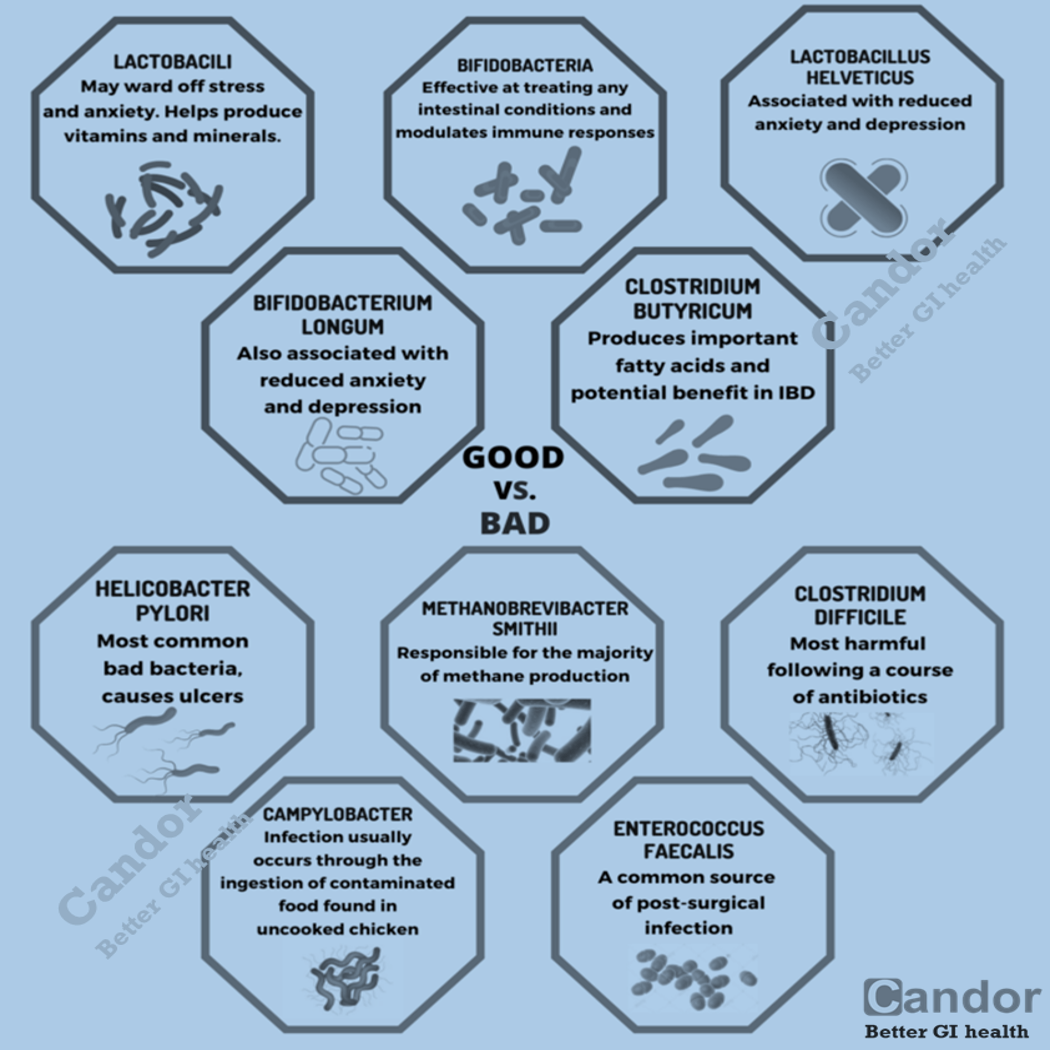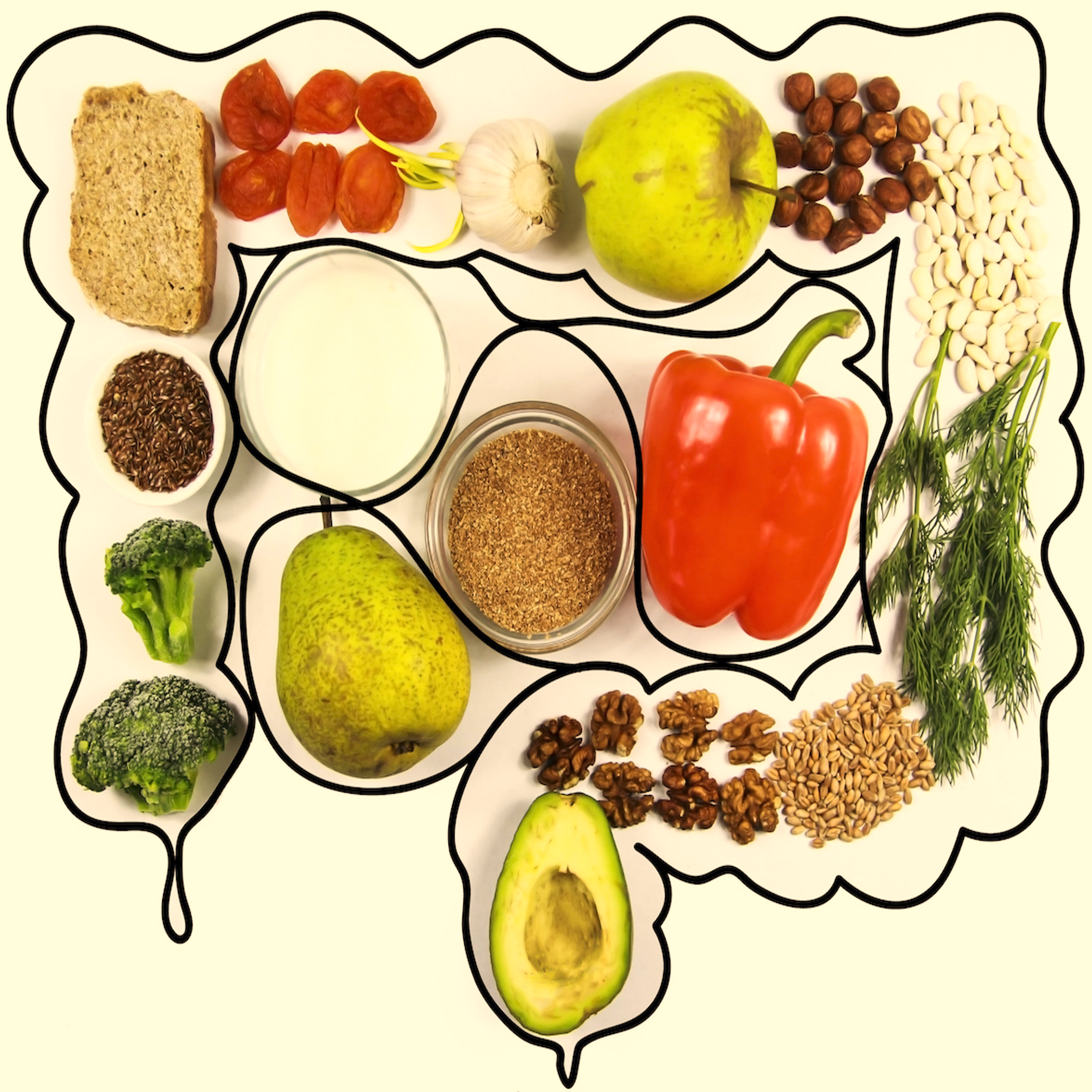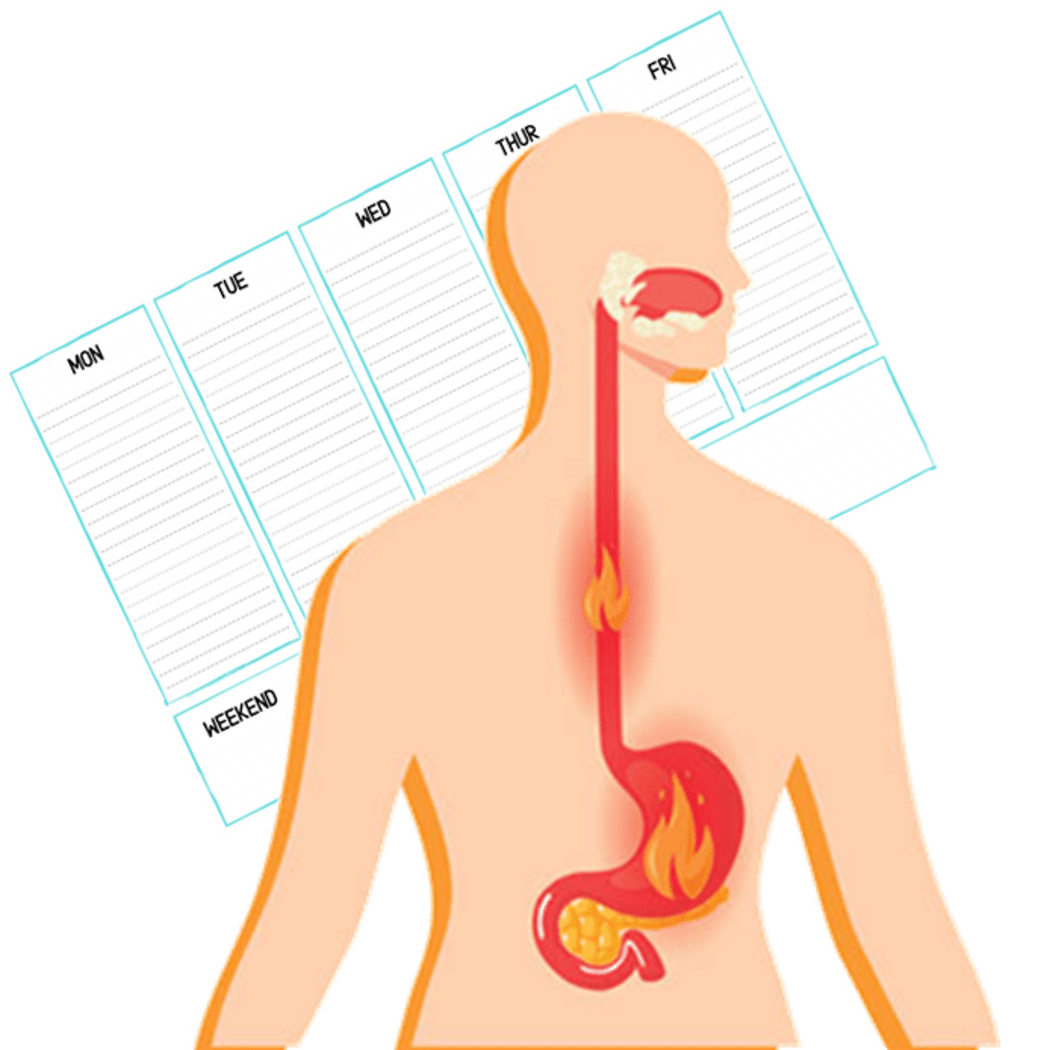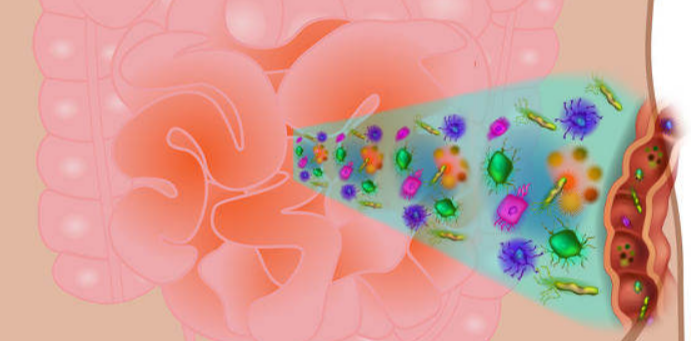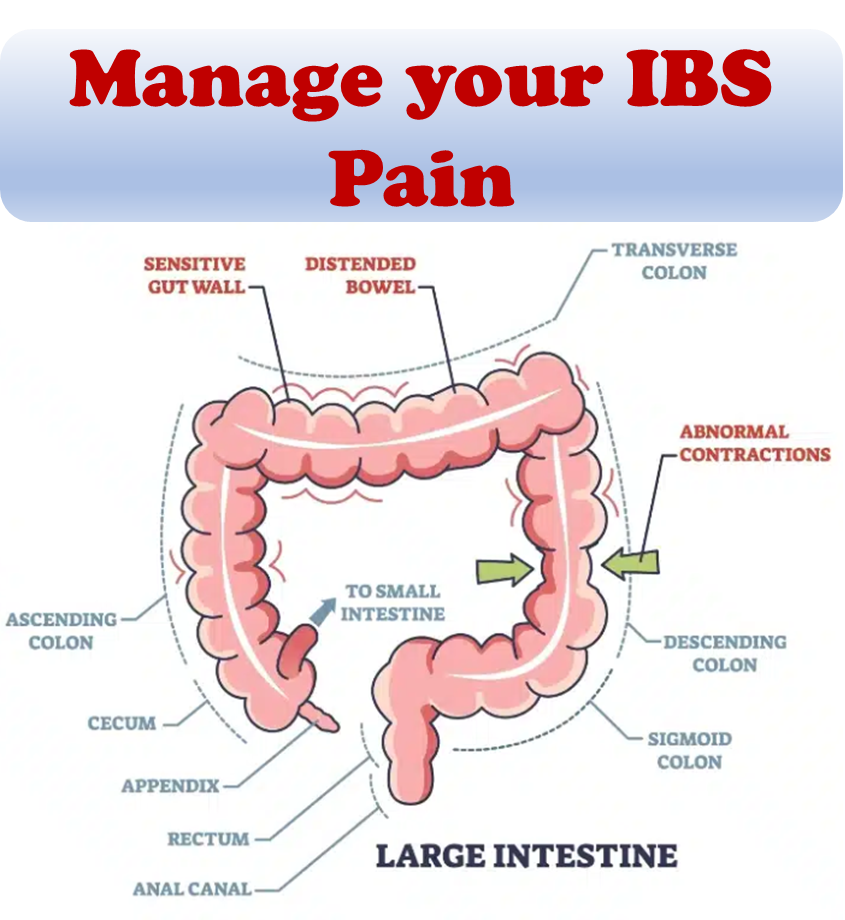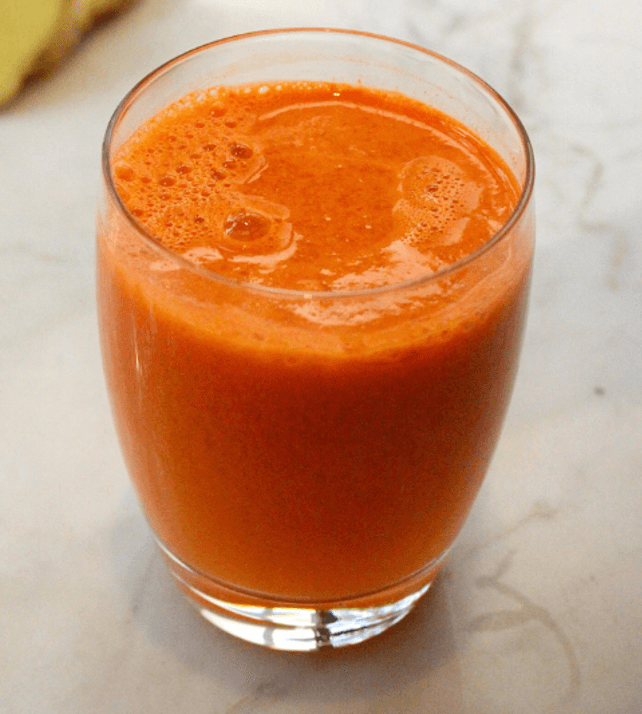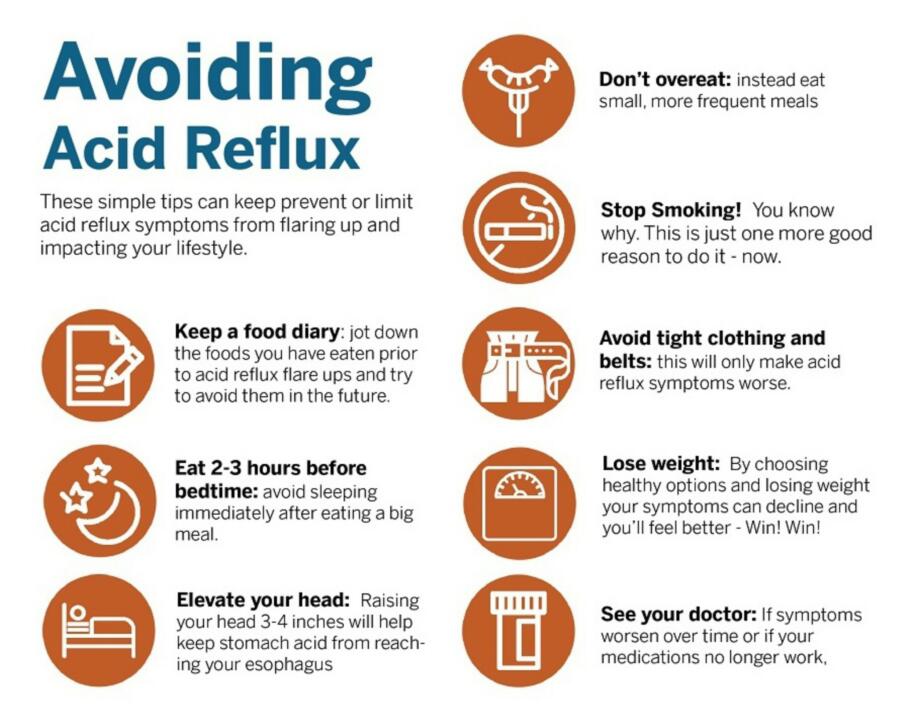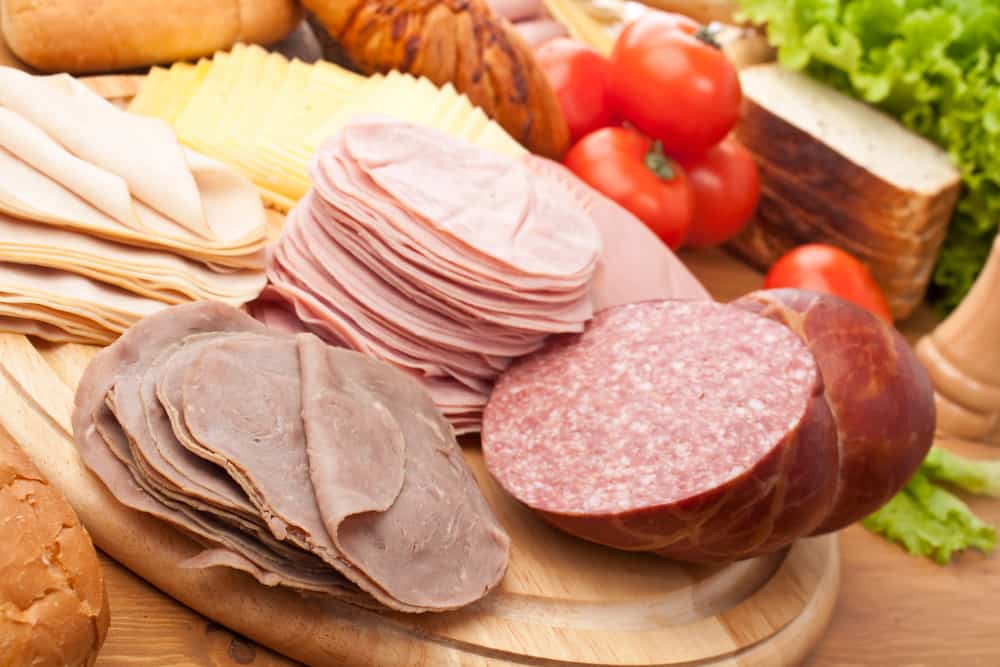The most common method of fecal sampling is with a universal tube that contains a small spoon on its lid. Calprotectin is then assessed by enzyme-linked immunosorbent assay (ELISA) in an extract made from a stool sample of less than 1 g. It is important to note that there are numerous manufacturers of ELISA kits, and all use different antibodies and extraction mediums, which results in different normal ranges and other differences that may involve the sensitivity of the test.
When quantitative tests are used, most studies report the normal range to be 10 to 50 or 60 µg/mg. Values over 50 to 60 µg/mg (depending upon which kit is used) are generally viewed as abnormal, although values as high as 100 µg/mg may be normal with some kits. Levels over 200 µg/mg have a higher positive predictive value for pathology, and values of 500 to 600 µg/mg nearly guarantee pathology findings.
It is important to keep in mind that fecal calprotectin is inflammation- and not disease-specific. Almost every colonic disease and many small bowel diseases are associated with inflammation and, hence, test positive for calprotectin. However, most of these diseases are associated with low-grade inflammation, such as nonsteroidal anti-inflammatory drug (NSAID) enteropathy, although calprotectin values over 500 to 600 µg/mg are extremely predictive of IBD or food infections. However, there are no fixed rules for calprotectin values. As clinicians use the calprotectin test more often, they improve in judging the test results in relation to the symptoms of patients.
Source: Gastroenterology & Hepatology Journal
See more at https://candor.health


